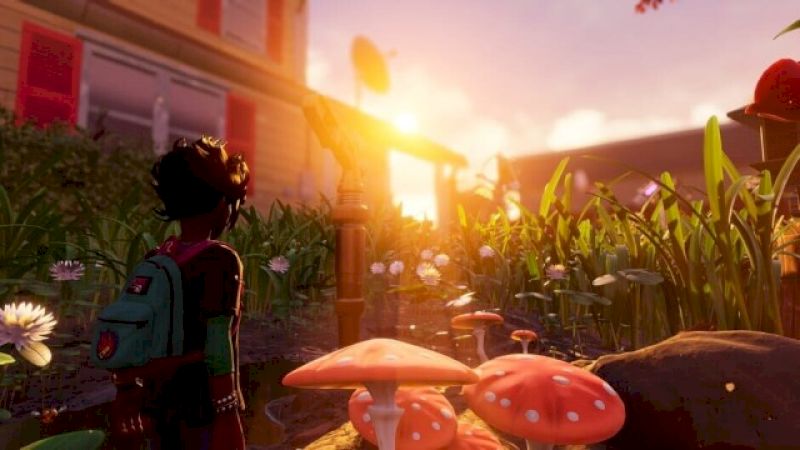
The backyard in Grounded is a sprawling fantasy setting. There are so many different biomes and creatures to meet throughout your quest to regrow. Of course, you’ll occasionally run into some resources that don’t quite make sense. For instance, when you are asked to collect fungal growth for a recipe, you might be tempted to just collect some mushrooms from nearby. But, you’d be mistaken! The backyard won’t be that obvious. So, if you’re still needing to farm those growths for any recipe, we have you covered.
How to Get Fungal Growth in Grounded
To get Fungal Growth in Grounded, you need to defeat the infected enemies in the Haze biome of the backyard. The Haze is located in the south-west biome, and can be easily identified from the yellow smog emanating from the yellow-ish grass. In this area, you’ll find infected enemies which, when you kill them, you’ll be able to loot the fungal growths from them. Then, you can use these growths to make explosives and Funguspacho, among other items.
The Haze is one of the more important biomes in Grounded, so you’ll need to prepare to go there at some point. You’ll need a Gas Mask or to craft Gastro Goo smoothies if you want to stand a chance. Because of that, every party member should prepare to farm weevils, gnats, and stinkbugs so they can make it early.
Once you’re in the Haze, you’ll need to crack some bugs! Infected enemies are covered in blue fungus. Killing them will grant a chance to drop these growths, which can then be combined with arrow parts or red ant eggs for bombs. Explosives are extremely important, so get used to farming the Haze a lot! Because it is so important, you might want to upgrade your Gas Mask.
Thankfully, there is a way to clear the gas. Once you reach Weed Killer Peak, you’ll be able to wad some gum into the opening at the top. This will disable the deadly gas in the area, and you’ll still be able to farm the infected bugs. That’s a win-win! Well, as long as you aren’t a weevil.









